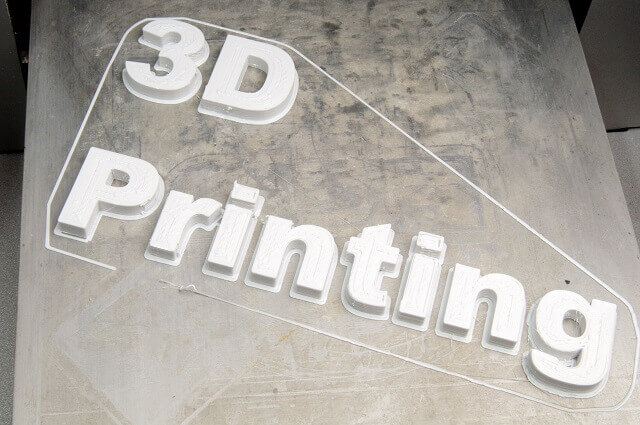
Free Consultation(203) 447-0000

Free Consultation(203) 447-0000

Today, the possibility of printing consumer products is no longer a concept designed for Hollywood. In fact, 3D printers are capable of printing everything from surgical components to airplane parts.
The technology of 3D printing is not new. In fact, it has been around since 1980. However, the technology has become much more advanced; now, 3D printers have become a consumer product – appearing in households, businesses, and schools.
Per a recent article by Bloomberg, the 3D printing industry is expected to reach $35.4 billion as early as 2020. That doubles the forecast of what is predicted for 2016.
Just like other forms of advanced technology, the law has yet to catch up with 3D printing. When it comes to product liability claims, the three principles of liability are difficult to apply to 3D printing. Take, for example, the theory of injuries caused by defect (regardless of fault). Because multiple parties are involved in the production of the defective product, including the consumer, it may be difficult to hold a manufacturer liable for injuries.
Healthcare is expanding with the use of 3D printing, which poses more unique issues regarding product liability as well as medical malpractice. While the 3D printer models vary, the design process is the same for most devices. It involves the user downloading a template, and then the printer constructs using the data one layer at a time. Printing time takes several hours to days, depending on the complexity of what is being printed.
One of the reasons why it is difficult to bring a liability lawsuit against 3D printed products is the fact that the flaw often comes from the finished product. To make that final product, there are multiple parties – from the company of the 3D printer to the person responsible for the material to the individual who created the design template. At some level, the consumer handling the printing project could be liable for his or her own injuries.
When it comes to defectively printed 3D medical devices, the list of potential defendants grows. It can include the physician, hospital, pharmacist who supplied the 3D product, and others in the chain of production.
Product liability is governed by civil courts. There are several theories that are used to establish liability, including negligence, breach of duty, strict liability, and warranty. Some states have already created policies for strict liability, which means that the manufacturer is liable for products that are unreasonably dangerous.
Unfortunately, these laws don’t apply well in terms of 3D printing. If strict liability were applied, the manufacturer of the printer would be liable for defective products. However, the manufacturer of the printer may have no responsibility when a defective product is printed. After all, they could not foresee all possible injuries when selling their product, because they have no control over what is printed or the quality of printing materials used.
If you have suffered serious injury from a defective product, you must consult with a product liability attorney in Connecticut. An attorney can help determine which parties are liable for your injuries and present evidence in court. Contact Berkowitz and Hanna LLC today to schedule a no-obligation case evaluation.
Berkowitz Hanna
